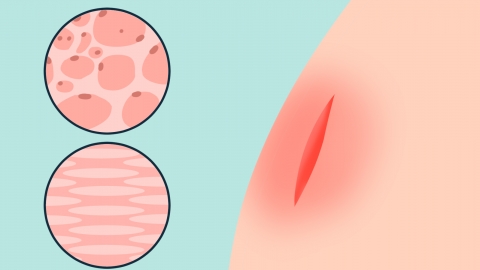How to Treat a New Wound to Prevent Scarring
Generally speaking, scars refer to cicatricial formations. New wounds can be treated to avoid scarring through thorough debridement, proper suturing, daily care, physical therapy and sun protection, and medication prevention. A detailed explanation is as follows:

1. Thorough Debridement
When a new wound forms, it is important to promptly remove surface foreign materials, such as dirt and dust, to prevent infection caused by residual debris. Use disinfectants such as hydrogen peroxide, iodophor, or alcohol to thoroughly sterilize the wound, kill bacteria, and prevent infection and scarring.
2. Proper Suturing
For wounds requiring suturing, meticulous suturing should be performed after hemostasis. During suturing, align the wound edges as much as possible and suture along the skin grain lines to reduce tension on the wound during movement. Using fine needles and sutures and subcuticular suturing techniques can reduce subcutaneous tension and lower the likelihood of scarring.
3. Daily Care
The wound should be kept dry and protected from moisture to prevent infection. Dressings should be changed regularly, and wound healing should be monitored. If symptoms such as redness, swelling, or exudation appear, seek medical attention promptly. Avoid consuming spicy or irritating foods, such as chili peppers and Sichuan peppercorns, which may irritate the wound and affect healing.
4. Physical Therapy and Sun Protection
During the wound healing process, physical therapies such as cold compresses may be considered to help reduce tissue edema and inflammatory reactions, promoting wound healing. After the wound heals, sun protection is important to avoid ultraviolet radiation, which can lead to pigmentation and scar formation. Sunscreen or protective clothing should be used when outdoors.
5. Medication Prevention
Under a doctor's advice, topical medications such as scar removal ointments or asiaticoside cream can be used. If the wound is large or has a high risk of infection, anti-infective medications such as amoxicillin capsules or potassium penicillin V tablets may be taken under medical guidance to prevent infection.
Each person's constitution and wound condition are different, so the best method for scar prevention may vary among individuals. After injury, it is recommended to seek timely medical attention and follow the doctor's instructions for treatment and care.








